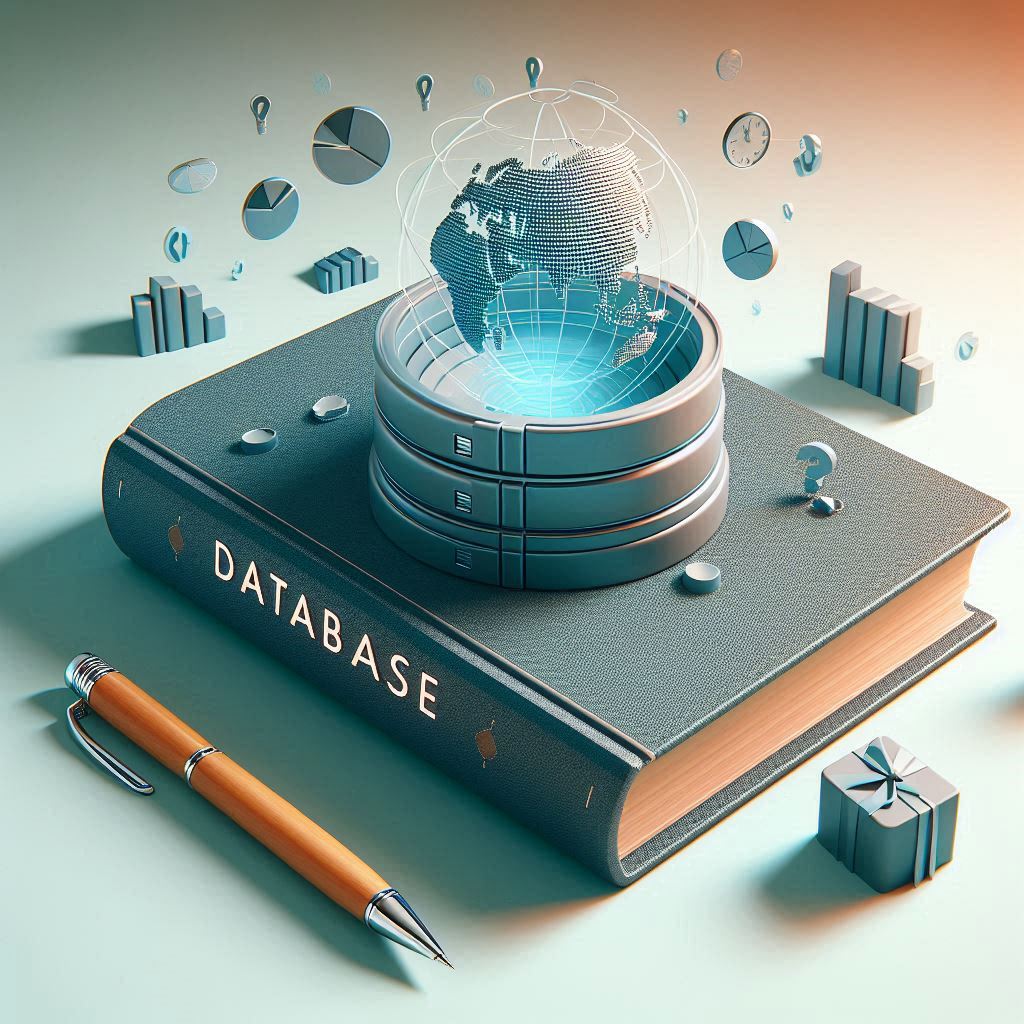The choice between MySQL, MariaDB, and PostgreSQL remains one of the most debated topics in database technology. Each system has evolved significantly in recent years, developing unique strengths that make them suitable for different use cases. Understanding their capabilities, limitations, and ideal applications can help organizations make informed decisions about their data infrastructure.
Historical Context and Current Landscape
MySQL emerged in 1995 as a lightweight, fast relational database that became integral to the LAMP stack powering early web applications. MariaDB originated as a community-driven fork of MySQL in 2009 when Oracle acquired Sun Microsystems, with the original MySQL creators aiming to preserve open-source values. PostgreSQL has the longest lineage, tracing back to 1986 as the Postgres project at UC Berkeley, evolving into today's sophisticated object-relational system. As of 2025, PostgreSQL has gained significant momentum in developer surveys, while MySQL maintains its position as the most widely deployed open-source database, and MariaDB continues to innovate with features targeting specific enterprise needs.
Architectural Foundations and Core Capabilities
The three databases share relational fundamentals but differ significantly in their underlying architectures. MySQL employs a thread-per-connection model that makes it efficient for handling numerous concurrent connections, though this can become problematic under extremely high loads. MariaDB improved upon this with enhanced thread pooling in its community edition, a feature MySQL reserves for its enterprise version. PostgreSQL uses a process-per-connection model that provides better isolation but consumes more resources, typically requiring a connection pooler like PgBouncer in production environments.
Storage engine flexibility represents another key differentiator. MySQL and MariaDB support pluggable storage engines, though MySQL has increasingly focused on InnoDB as its default. MariaDB offers more variety with engines like Aria for crash-safe operations, ColumnStore for analytics, and MyRocks for space efficiency. PostgreSQL maintains a single, highly optimized storage engine that handles all workloads through sophisticated configuration options rather than engine swapping.
Transaction handling reveals important distinctions. All three support ACID transactions, but PostgreSQL provides the most comprehensive implementation including atomic DDL operations and true serializable isolation levels. MySQL achieved atomic DDL in version 8.0, while MariaDB introduced it in version 10.6. For applications requiring complex transactions or strict data integrity, PostgreSQL often proves superior, while MySQL and MariaDB may offer better performance for simpler transactional workloads.

Performance Characteristics and Scalability
Performance comparisons yield nuanced results that depend heavily on workload characteristics. For read-heavy operations with simple queries, MySQL and MariaDB typically demonstrate faster response times, benefiting from optimizations honed over years of web application deployment. PostgreSQL excels with complex analytical queries, window functions, and data-intensive operations where its sophisticated query planner can outperform the others.
Write performance presents another area of differentiation. MySQL shows strengths in high-velocity insert operations, especially with proper tuning of its InnoDB buffer pool. MariaDB's enhancements to replication and specialized engines like MyRocks can provide write performance advantages in certain scenarios. PostgreSQL handles concurrent writes exceptionally well thanks to its mature MVCC implementation, though it may require more tuning for optimal throughput.
Scalability approaches vary across the three systems. All support vertical scaling through hardware upgrades and horizontal scaling via replication. MySQL offers traditional master-slave replication along with newer group replication options. MariaDB's Galera Cluster provides synchronous multi-master capabilities that appeal to high-availability deployments. PostgreSQL's replication ecosystem includes streaming and logical options, with extensions like Citus enabling distributed architectures for large-scale deployments.
Feature Comparison and Specialized Capabilities
JSON handling illustrates how the databases have evolved to meet modern application needs. PostgreSQL's JSONB implementation remains the most advanced, supporting indexing, extensive querying capabilities, and efficient storage. MySQL developed robust JSON support starting with version 5.7, including specialized functions and partial updates. MariaDB initially lagged in JSON features but has since implemented comparable functionality through both standard JSON types and its unique Dynamic Columns feature.
Full-text search capabilities show similar progression. PostgreSQL provides sophisticated text search through tsvector types and GIN indexes, with extensions like pg_trgm enhancing capabilities further. MySQL and MariaDB offer workable full-text search within their default engines, though with fewer customization options. For applications requiring advanced search functionality, PostgreSQL often becomes the preferred choice unless existing infrastructure favors MySQL/MariaDB.
Geospatial support demonstrates PostgreSQL's extensibility advantage. With the PostGIS extension, PostgreSQL becomes a fully-featured spatial database capable of professional GIS work. MySQL and MariaDB include basic spatial types and functions, sufficient for simpler location-aware applications but lacking the depth of PostGIS. Organizations with significant geospatial requirements typically find PostgreSQL the only viable open-source option.
Operational Considerations and Ecosystem Support
Installation and configuration complexity follows a clear progression. MySQL and MariaDB offer relatively straightforward setup processes familiar to most web developers. PostgreSQL presents more configuration options out of the gate, which can overwhelm newcomers but provides finer control for experienced administrators. The learning curve reflects this pattern, with PostgreSQL requiring more expertise to fully leverage its capabilities.
Tooling and ecosystem support varies across platforms. MySQL benefits from decades of widespread adoption, resulting in extensive third-party tool integration and cloud provider support. MariaDB maintains good compatibility with MySQL tools while adding its own utilities for features like clustering. PostgreSQL's ecosystem has grown substantially, with tools like pgAdmin and a rich extension library, though some enterprise-grade tools remain more readily available for MySQL.
High availability implementations reveal architectural philosophies. MySQL offers various replication options including semi-synchronous and group replication. MariaDB's Galera Cluster provides synchronous multi-master capabilities that simplify certain deployment scenarios. PostgreSQL relies on streaming replication combined with tools like Patroni for automatic failover, requiring more setup but offering exceptional reliability when properly configured.
Licensing and Commercial Considerations
Licensing models influence organizational adoption decisions. MySQL operates under a dual-license model (GPLv2 and proprietary), which some organizations find restrictive. MariaDB remains purely GPLv2 licensed, appealing to open-source purists but limiting commercial flexibility. PostgreSQL uses a permissive BSD-style license that allows unrestricted use, modification, and distribution, making it attractive for both open-source and proprietary projects.
Commercial support options follow similar patterns. Oracle provides enterprise-grade MySQL support alongside proprietary enhancements. MariaDB Corporation offers commercial products and support while maintaining community development. PostgreSQL relies on multiple vendors and consultancies for commercial support, creating a more diverse but less centralized support ecosystem. Cloud provider support is strongest for MySQL and PostgreSQL, with some providers not offering managed MariaDB services.

Emerging Trends and Future Directions
Vector search capabilities have become a recent battleground. PostgreSQL's pgvector extension has established it as a leader for AI applications requiring semantic search. MySQL introduced basic vector support in version 9.0, while MariaDB added vector operations in its 2025 releases. Organizations implementing AI features increasingly evaluate these capabilities when choosing database technologies.
Cloud-native adaptations show all three databases evolving. PostgreSQL has seen particularly strong adoption in cloud environments, with innovations like Neon's storage-compute separation. MySQL remains widely available across cloud providers, often with proprietary enhancements. MariaDB's SkySQL offers a managed cloud solution, though with less market penetration than its competitors' offerings.
Operational improvements continue across all platforms. PostgreSQL enhanced its parallel query capabilities and partitioning features. MySQL focused on optimizer improvements and atomic DDL operations. MariaDB developed better diagnostics and monitoring capabilities. These ongoing refinements make all three systems more capable for enterprise workloads.
Decision Framework and Practical Recommendations
Choosing between these databases requires evaluating specific application needs. For web applications requiring simplicity and rapid development, MySQL remains an excellent choice, especially when using common frameworks like WordPress. MariaDB proves valuable when needing MySQL compatibility with specific enhancements like better replication or specialized storage engines. PostgreSQL shines for complex applications demanding advanced features, data integrity, or extensibility.
Migration between the systems presents varying degrees of difficulty. Moving from MySQL to MariaDB is generally straightforward due to maintained compatibility. Transitioning from either to PostgreSQL requires more significant application changes due to SQL dialect differences and architectural variations. Organizations should carefully assess compatibility layers and testing requirements when considering migrations.
Hybrid approaches are increasingly common. Many organizations run multiple database systems, using each for its strengths. A typical pattern employs MySQL or MariaDB for operational workloads while utilizing PostgreSQL for analytical or specialized functions. This polyglot persistence approach requires additional operational expertise but can deliver optimal results for diverse requirements.
Looking forward, all three databases continue evolving to meet modern application demands. PostgreSQL's momentum in developer mindshare appears strong, while MySQL's massive installed base ensures its ongoing relevance. MariaDB's future depends on its ability to differentiate from MySQL while maintaining compatibility. The healthy competition between these systems ultimately benefits users through continuous innovation and improvement in open-source database technology.